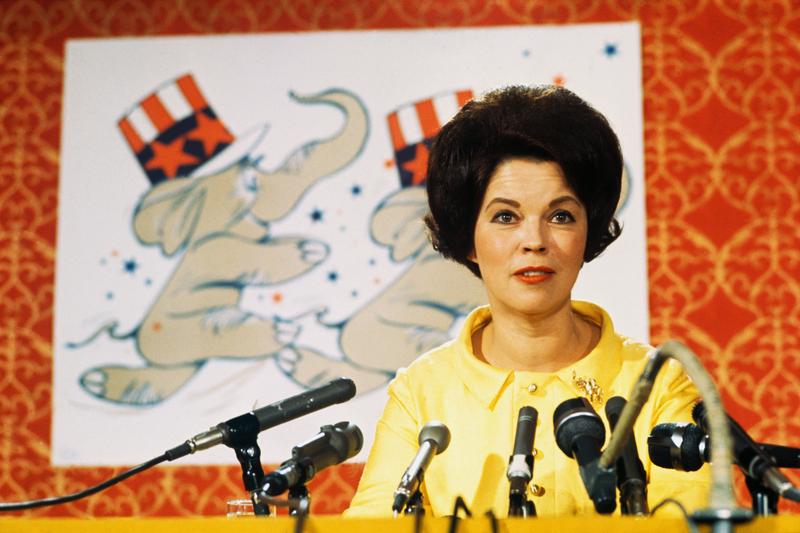Shirley Temple’s Greatest Role Was Talking About Her Breasts
By | July 12, 2018

As a child star in the 1930s and 1940s, Shirley Temple Black was known for playing outspoken, brave, feisty characters. From “Heidi” and “The Little Princess” to “Curly Top” and “The Little Colonel”, the precocious young singer and dancer portrayed characters that always looked on the bright side and always turned adversity into triumph. It was a role she played in 1972 that the former child star and diplomat said was her greatest role…a role that allowed her to make a major difference in the lives of countless women. Shirley Temple Black did this by talking about her breasts!

Shirley Temple Spoke Openly About Her Breast Cancer in 1972
Up until Shirley Temple Black was diagnosed with breast cancer in 1972, no one talked openly and in public about breast cancer. Somehow, because the disease inflicted the breast, it sexualized the disease. To speak of one’s own breasts in public and among mixed company was considered shocking and indecent. It was okay to show off one’s breasts with cleavage-bearing tops and dresses, but you didn’t speak of breast cancer. Shirley Temple Black was the very first celebrity to break this unspoken rule and publicly talk about her health and her breasts.

Shirley Temple Addressed Reporters From Her Hospital Bed
Recovering in her hospital bed from a mastectomy, Shirley Temple spoke to reporters and explained about the cancerous lump she discovered in her left breast and the resulting mastectomy. Celebrities at the time never discussed their medical problems with reporters. In fact, they tried to hide any illness from their fans. But Shirley felt that it was important to start a national dialogue about breast cancer in an attempt to erase stigmas attached to it and to encourage other women to take the disease seriously. She advocated for self-examinations.

“The doctor can make the incision, I’ll make the decision!”- Shirley Temple Black
Shirley Temple Black’s experience with breast cancer also opened eyes to how doctors handle breast cancer patients. In the past, the doctors made all the medical decisions for their patients without discussing options with them. The medical community, as a collective whole, thought that women were too emotional to be able to rationally discuss their breast cancer treatment options. In fact, most women were told they were going into surgery to have a biopsy, only to wake up and find that they had a radical mastectomy. The doctors believed that if women were told up front that they were having their breasts removed, that they wouldn’t be able to handle it and would be too distraught. But, as Shirley Temple pointed out, it was the lack of knowledge, the betrayal they felt toward their doctors, and the unanticipated loss of a body part that cause more mental trauma.

Shirley Temple Rallied Women to Take Control
As feisty as the characters she played as a child actress, Shirley Temple became an outspoken critic of the practice by medical professionals of keeping women in the dark about their breast cancer. She spoke out on the matter and encouraged women to take control of their health and of their medical appointments. She inspired women to stand up to patronizing physicians and to demand that their input be heard. Her openness and candor about breast cancer paved the way for more breast cancer awareness, organizations such as the Susan G. Komen Association, marketing campaigns aimed at self-examination, and the pink ribbons that we see everywhere, especially in October, Breast Cancer Awareness Month.

The Former Child Actress Saved Lives
There is no way of knowing how many women detected a lump early and were cured of breast cancer because they were inspired by Shirley Temple Black’s breast cancer experience. Over the years, after she announced to the world that she had a breast removed due to cancer, there was a spike in the number of women who were diagnosed with early-stage breast cancer. Becoming an advocate for a deadly disease was not a role that Shirley Temple planned to play, but she is credited with saving countless lives and bringing a nationwide awareness to a disease that no one talked about before. This, she said, was her greatest role.
